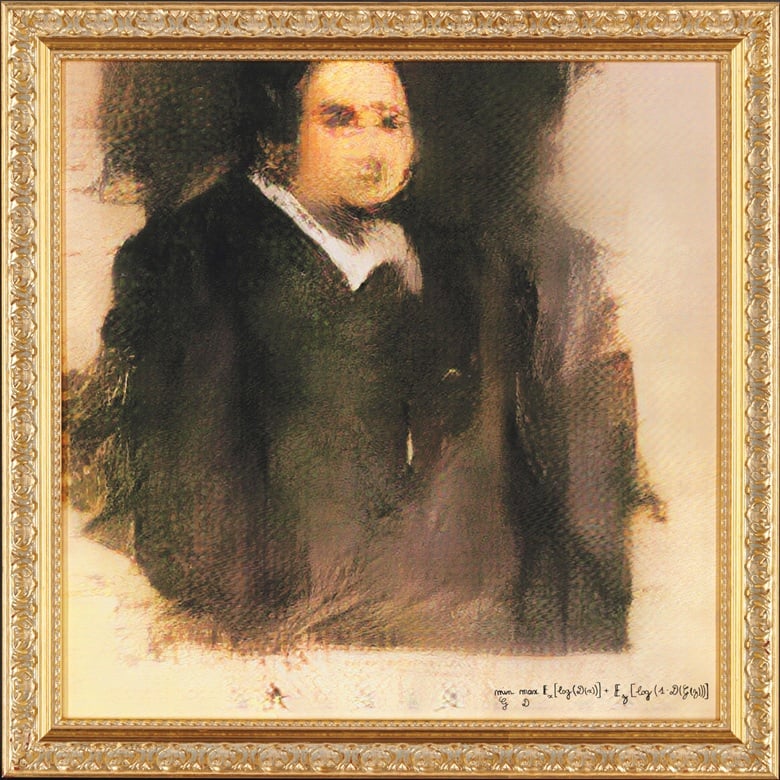Artificial intelligence (AI) has been making great strides
in recent years, and one of its most fascinating applications is in the field
of art. (AIart) With the help of generative adversarial networks (GANs), we are
able to create art that is completely unique and unlike anything that has been
seen before.
Most earlier neural networks used a general approach of
starting with random noise. Early attempts, such as Portrait of Edmond de
Belamy (2018), fetched a whopping US$ 350,000 at auction. However, these early
attempts were crude and took numerous iterations. This approach uses two
networks: the first is trained on images, called the generator, and the second
scores how plausible the result of the iteration is, known as the
discriminator. This approach is usually referred to as GAN (Generative
Adversarial).
The generator's job is to create images from random noise
that look as if they could have been real. The discriminator's job is to
differentiate between the generated images and the real ones. The two networks are
trained together in a feedback loop, with the generator trying to improve its
results and the discriminator trying to get better at identifying the generated
images.
A slightly simpler approach to creating
art with neural networks is to build a smaller network based on a single image
or a small number of images from a specific artist. This approach is simpler
than starting with random noise and can produce stunning results.
Back in 2015, German researchers from the University of Tubingen discovered that the earlier nodes of neural networks
trained on images looked mainly at basic picture elements such as line types,
shapes, directions, tones, and colour. These elements collectively made a good
representation of "style". This means that by training a smaller
neural network on a specific artist's style, we can use an existing image as
the starting point to generate new artwork in the style of the artist works use.
Google's Deep Dream Generator was an early adopter of this approach and offered a Deep Style tab to
perform this. Many other systems now exist that promise to interpret images,
like your selfie, in the style of famous artists, for example.
In this example, I’m using a simple black and white pen sketch
of my own, to control the line work but samples the original image colour. Its
about what I expected and not exciting, I did however like the unexpected suggestion
of a face showing up in the flower on the left.
 |
| Created with Google Deep Dream Generator |
Style Transfer is available at
Night Café, and in these example I used it for two different style reference images. The first, I'm starting with a different flower photo and again using my tree sketch, only this I'm using the option to make a short movie of the iteration involved in "finding" the resulting image.
In my last example I'm using a lesser-known Vincent Van Gogh's still life (why do so many start with Vincent’s work in their exploration of AIart?)
This time the results are stronger and closer to something that might be considered good more spontaneous art. But still not really impressive.
In my next post I will look at trying to get a better colour likeness in the result.


















